The colorful New Guinea crayfish of the genus Cherax have revolutionized aquaristics in some ways. Before their aquaristic discovery in the late 1990s, large crayfish in the aquarium were more a matter for specialists. They were considered formidable plant destroyers, tireless burrowers, and at night they would eat sleeping fish. These are all attributes, with which one does not necessarily make oneself popular. Cherax are different; basically they are also typical “armored robber barons”, but in the light version. And they are very, very colorful.
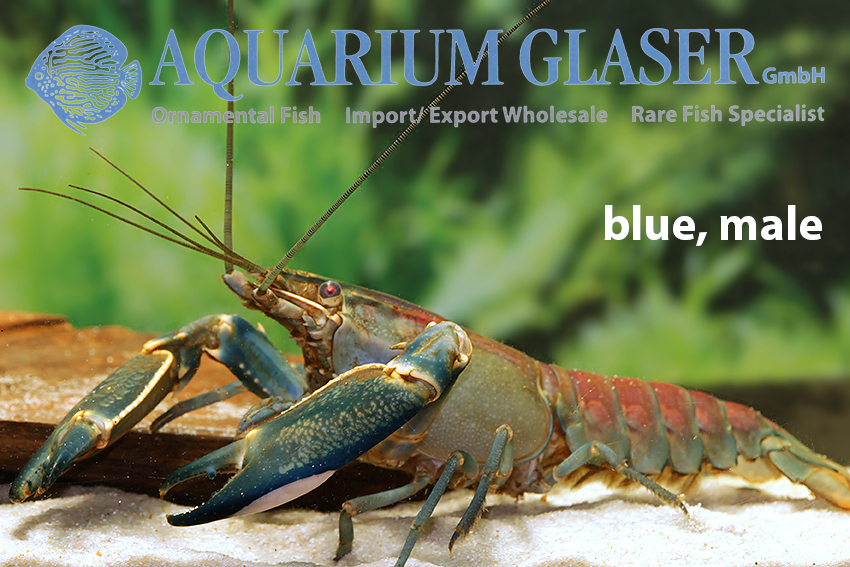
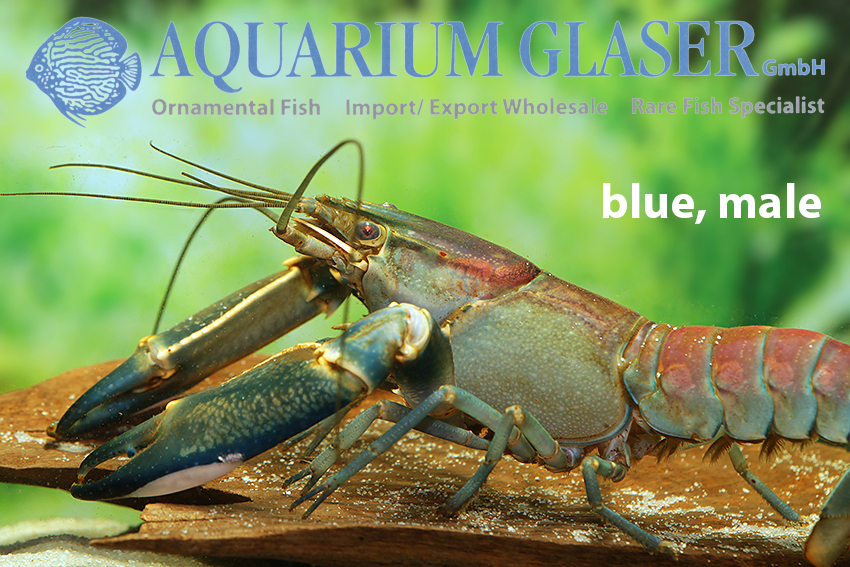
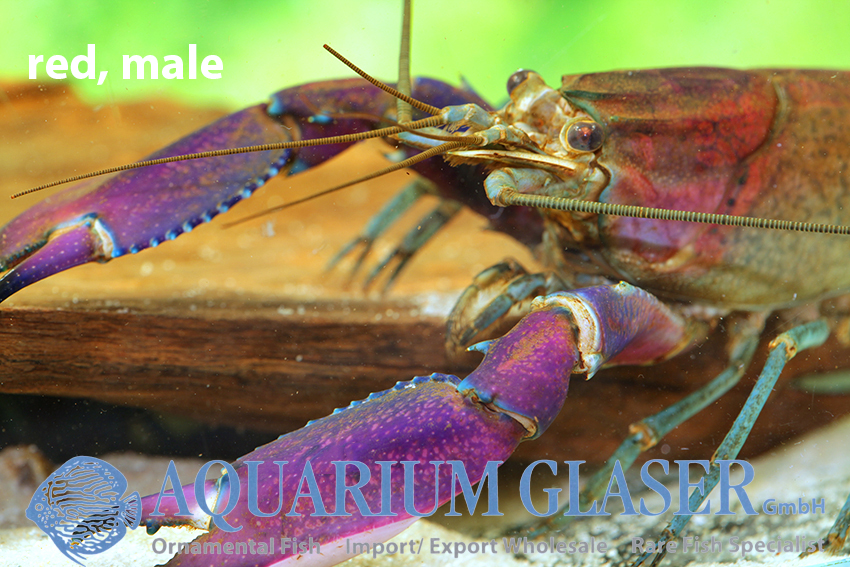
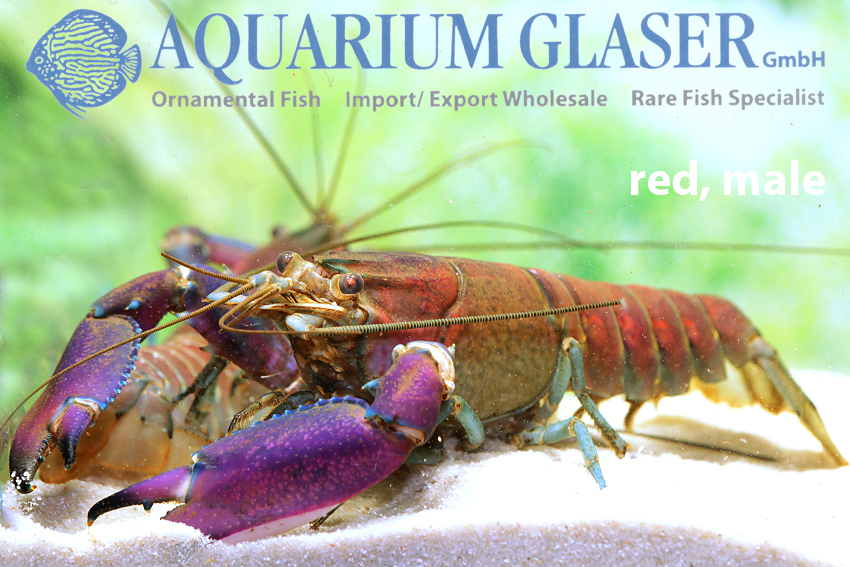
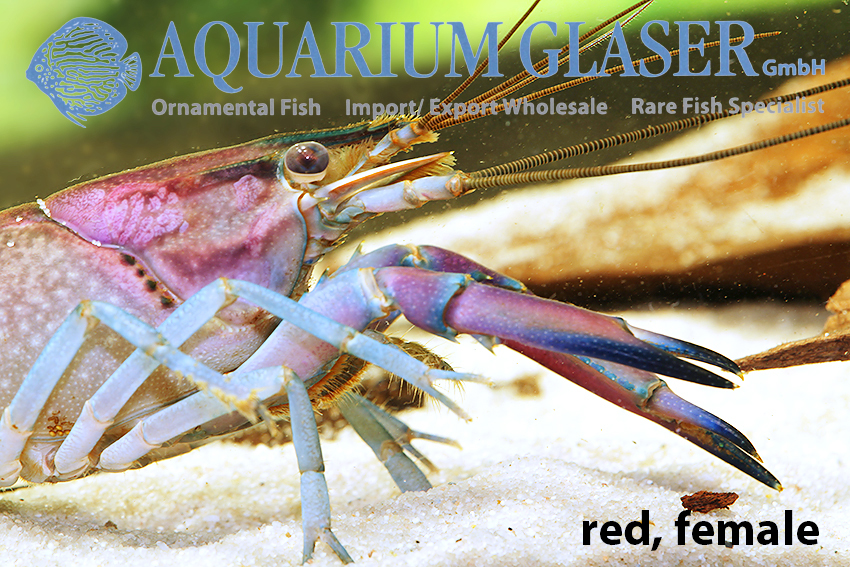
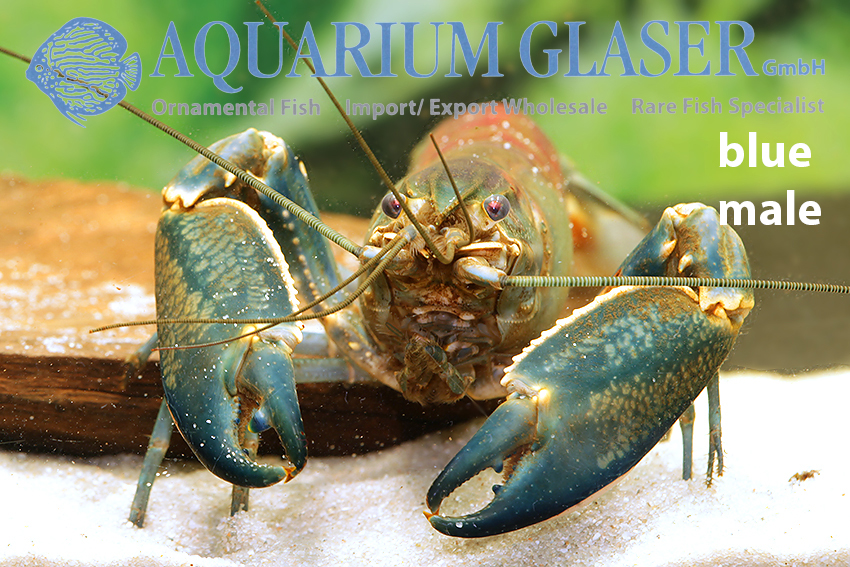
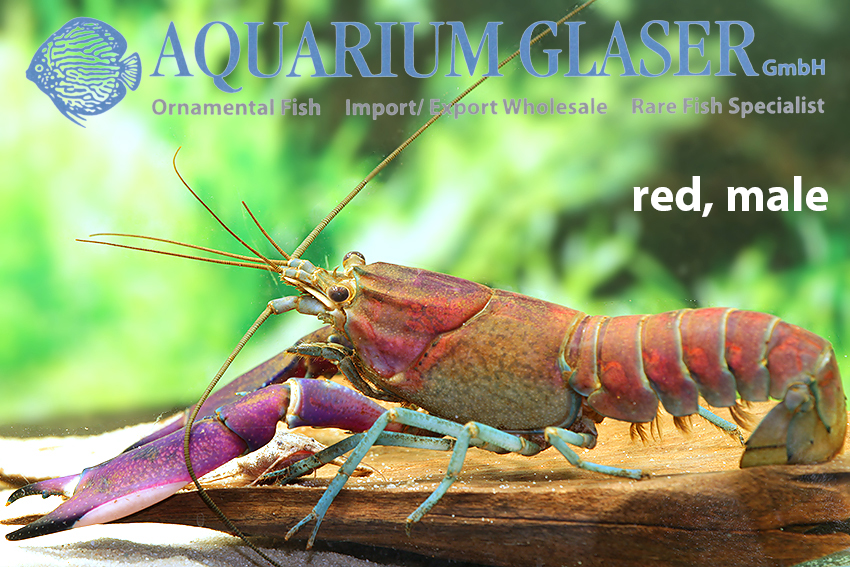
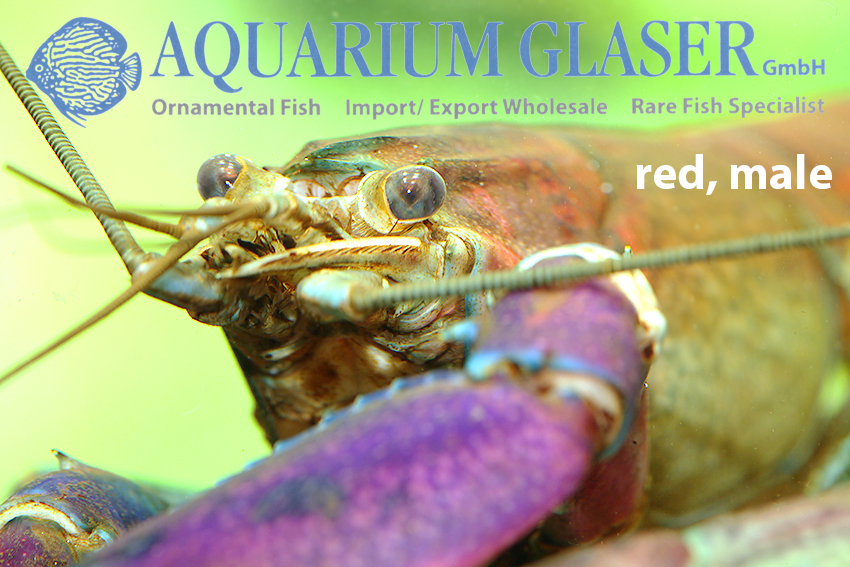
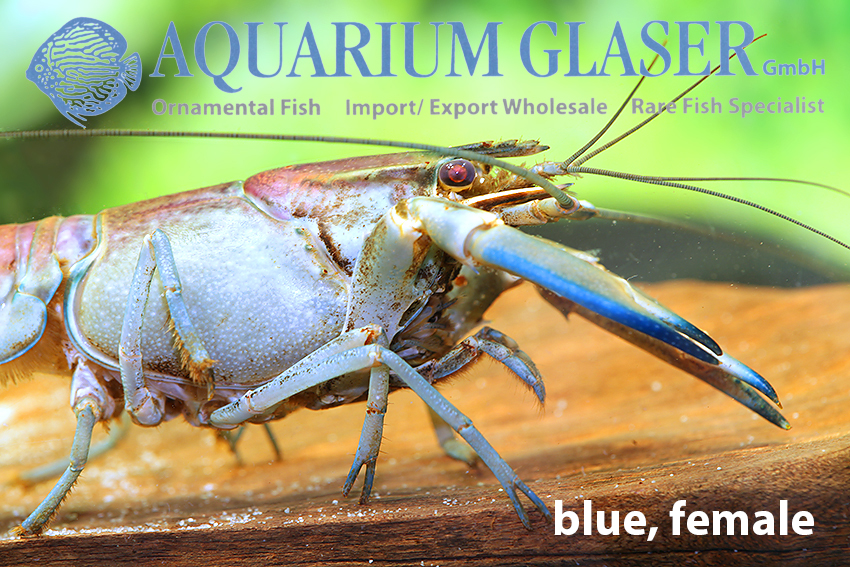
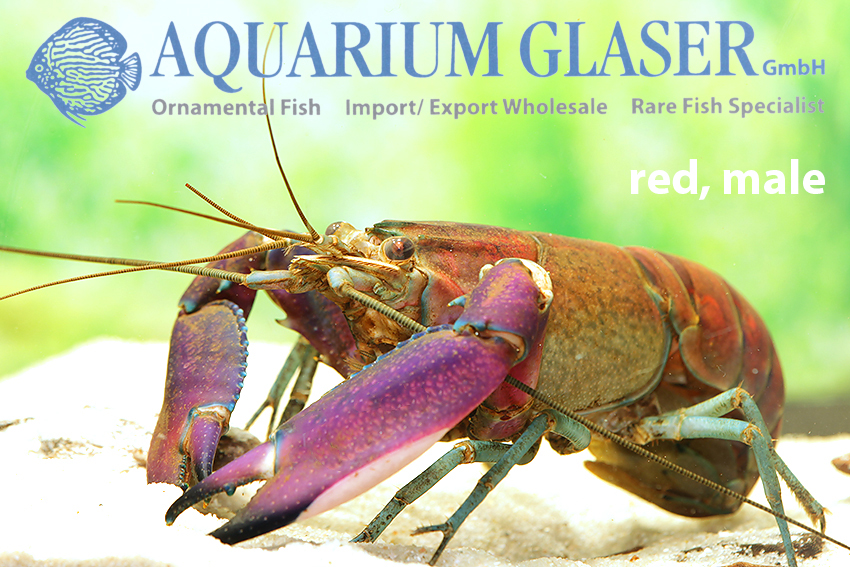
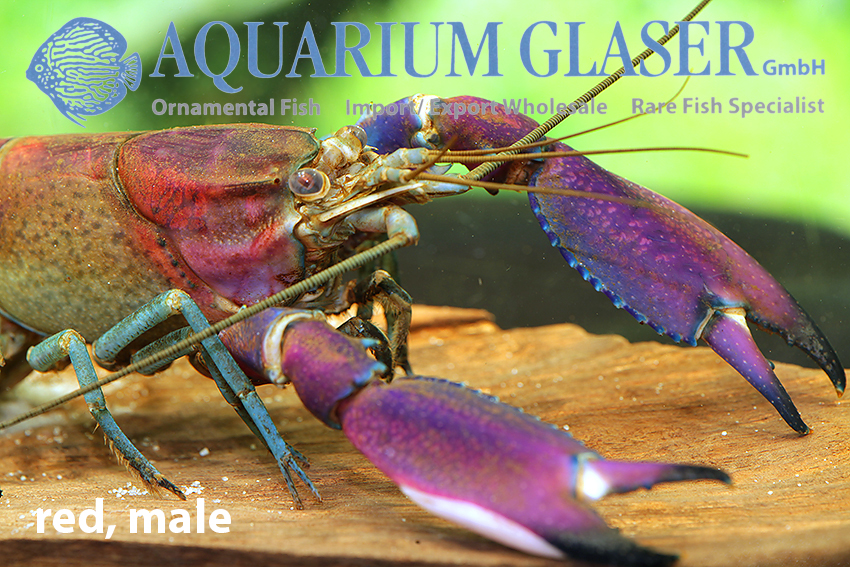
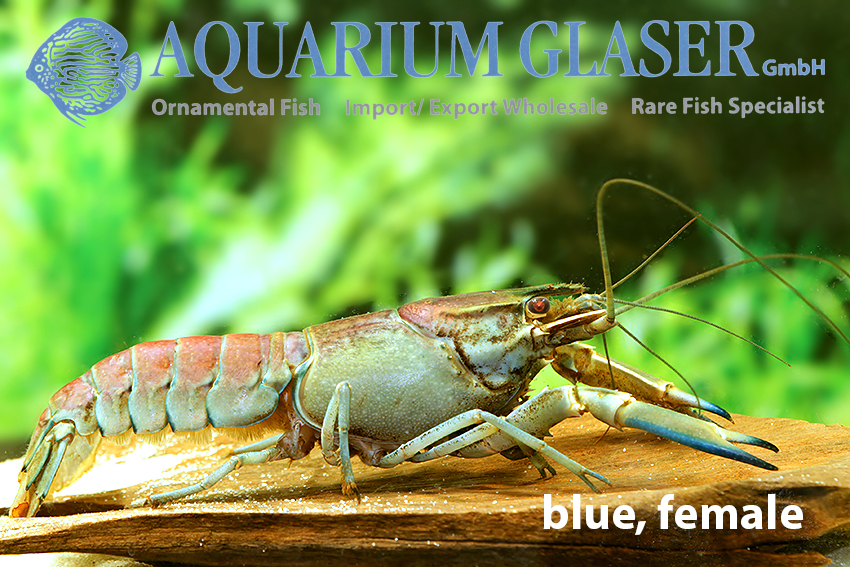
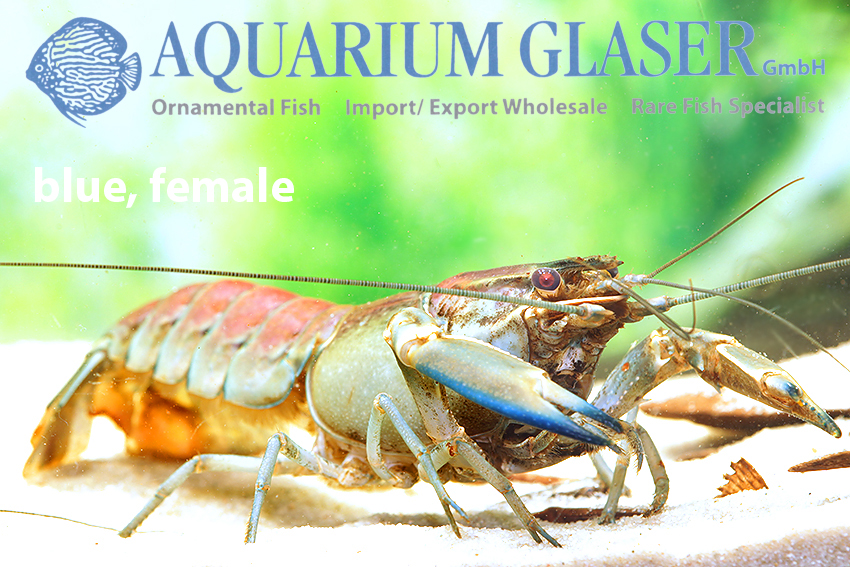
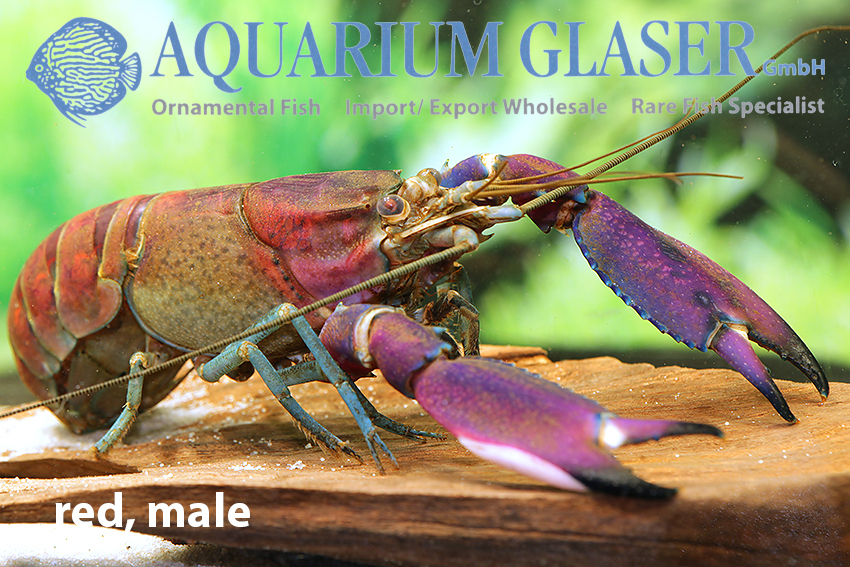
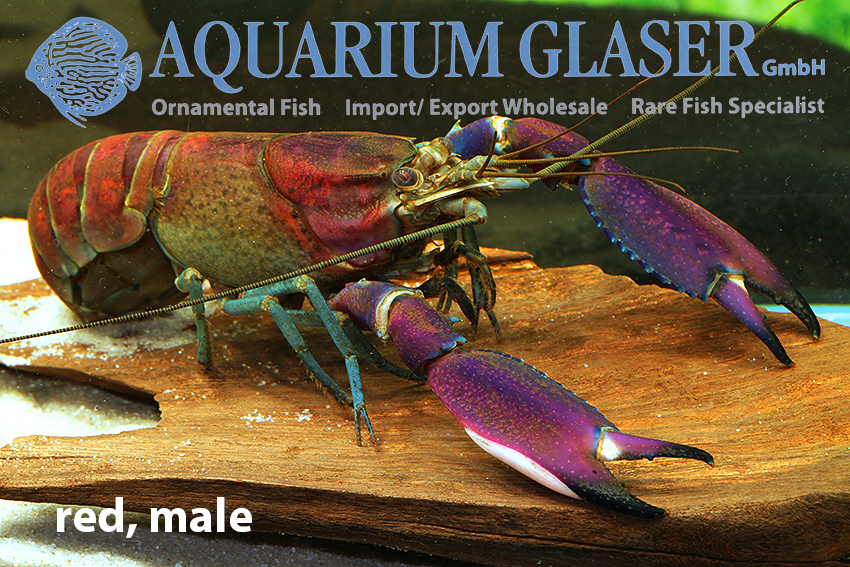
Now happened, what always happens, when the hobby turns to a hitherto hardly noticed group: there are big identification problems, because always new forms appear. Are these new species, local color variants or simply color forms that form a reproductive community together with other color forms? Such questions are difficult to answer and led to countless trade names and so far 13 new scientific descriptions (previously 12 species were known, so the number of known species has more than doubled!). Once again it became obvious: Biodiversity research benefits immensely from animal live trade! And without basic research there is no species conservation.
The “Red Brick” came late into the hobby, between 2005 and 2008. There is also a rather blue morph of it, called “Blue Brick”. Unfortunately also Cherax boesemani was sometimes already called “Red Brick” in the trade. Explicitly the former “Red Brick” has now been scientifically described by Chris Lukhaup and Rury Eprilurahman as Cherax wagenknechtae. The species name honors the German politician Sahra Wagenknecht. According to the authors, the “Red Brick” is from the Beraur River system, and the “Blue Brick” is from the Klasabun River drainage, both localized in the western part of the Vogelkop Peninsula (Kepala Burung), West Papua, Indonesia. Lukhaup and Eprilurahman assign the “Blue Brick” to their new species. According to the authors, the closest related Cherax is C. pulcher (the “Hoa Creek”). Besides color characteristics, C. wagenknechtae and C. pulcher also differ in anatomical details, but listing them here would lead too far, especially since they are difficult to study on living animals.
Cherax wagenknechtae is very well suited for aquarium care. It is best to keep them in pairs in well structured aquariums. Basic food is dead leaves, besides that they will eat pretty much anything.The crayfish like it rather dim and not too warm (18-24°C), so they fit perfectly in our time, when electricity costs are no longer a negligible factor for aquaristics.
For our customers: C. wagenknechtae has code 481458 on our stock list. Please note that we only supply wholesale.
Text & photos: Frank Schäfer




